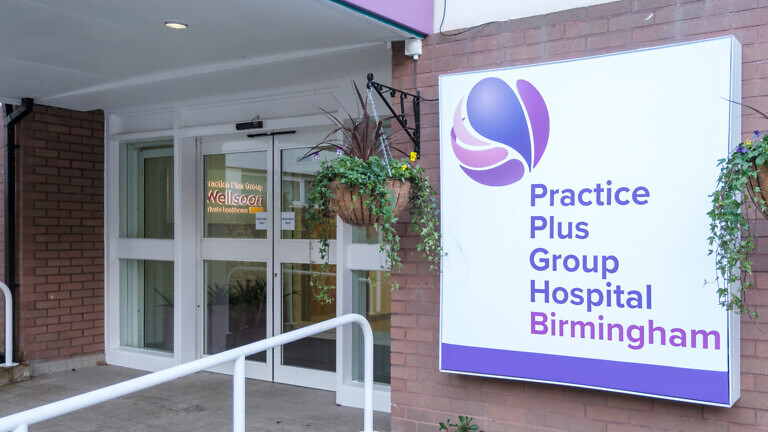The Northern Ireland health minister has announced a package of initiatives to tackle hospital care waiting lists.
Northern Ireland health minister Mike Nesbitt has announced a package of initiatives to tackle hospital care backlogs, including a waiting list reimbursement scheme.
An initial £10 million will be invested in this scheme which allows people to claim back costs when they receive treatments outside Northern Ireland. Beginning in June this year, it will apply to procedures obtained in the Republic of Ireland and will subsequently be extended to the rest of the European Union.
The reimbursement scheme will be available to patients waiting two years or more on a hospital treatment waiting list in Northern Ireland. Patients will require prior approval from the Department of Health before accessing the scheme.
“These planned investments reflect the executive’s ringfencing of up to £215 million in this year’s health budget for waiting list activities,” said Nesbitt.
“Investment at this level will need to be sustained for at least five years to bring hospital waiting times down to acceptable levels. We are only at the foothills of what will be a long uphill trek,” he continued.
Legacy of underinvestment
Other initiatives include targeting long waits – four years or more – for procedures including hip, knee and other orthopaedic treatments; tonsillectomies; hernia treatment; gallbladder removal and colonoscopy; as well as significantly reducing waiting lists for children requiring specialist procedures such as peg tubes, scopes and scoliosis surgery, as well as waiting times for women waiting on gynaecology mesh removal procedures.
Nesbitt also announced partnership arrangements with independent sector providers to clear outpatient waits of four years plus in ophthalmology, orthopaedics, general surgery, gynaecology, ENT and other specialities.
Nesbitt has long campaigned against waiting lists in Northern Ireland.
In an exclusive interview with Healthcare Today last month, he highlighted investment in the sector.
“The legacy of underinvestment has left us with severe challenges, particularly in hospital waiting lists,” he said.
“My priority, however, is to move the focus from treating illness to preventing it, strengthening primary and community care and properly resourcing social care. One of the key reasons our acute hospitals struggle, especially during winter, is the lack of care beds and domiciliary care packages. This creates bottlenecks at the back door of hospitals, even though public attention tends to fixate on A&E pressures at the front door,” he explained.



